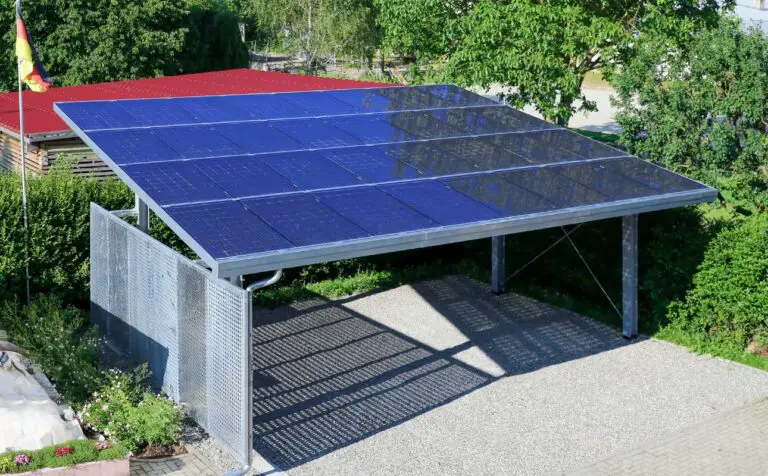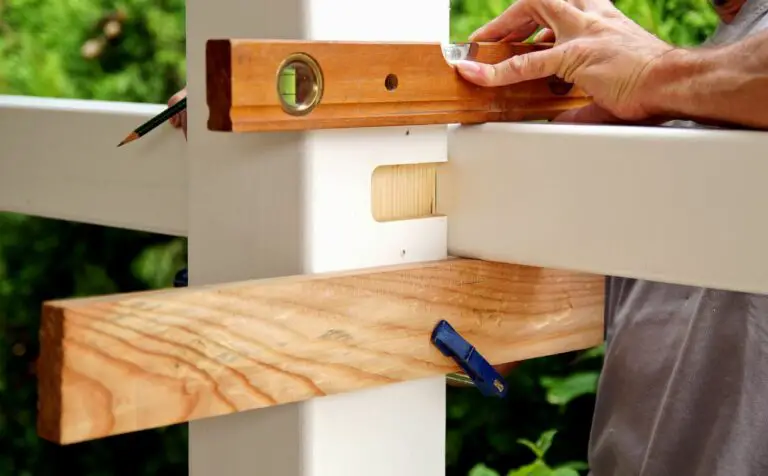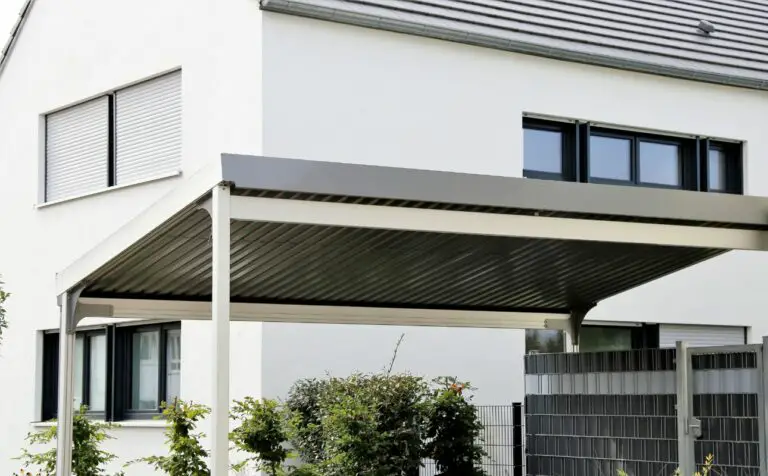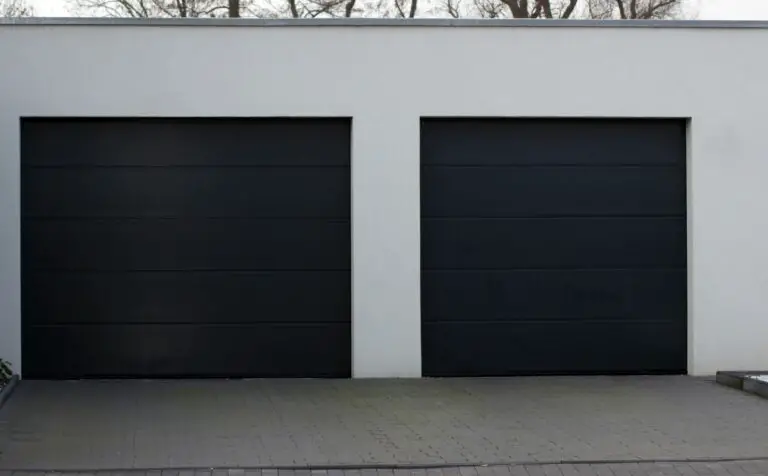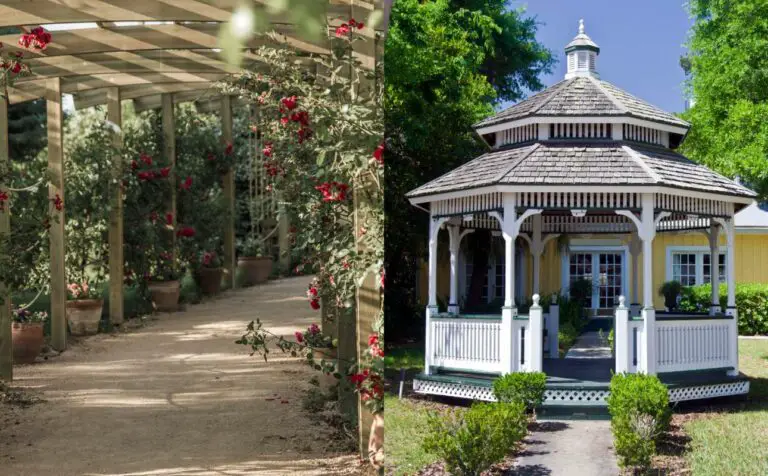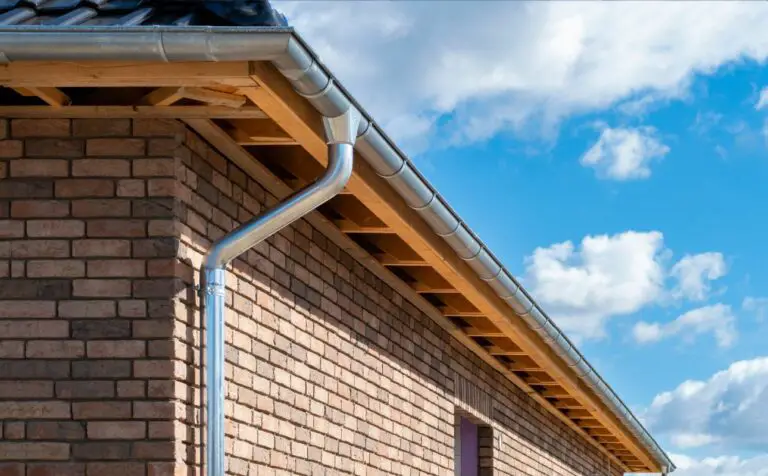What Kind Of Steel Is Used For Carports? (Explained)
Carports are very important structures because they protect cars from harsh weather like snow, rain, and sun. When building a lasting carport, you need to think carefully about the materials you use.
Steel is one of the most common materials for carports because it is strong, lasts a long time, and does not rust. Steel is a mixture of iron and carbon that has been used in building for a very long time. It is famous because it has a high tensile strength and can be bent and stretched.
In this piece, we will talk about what kind of steel is used to make carports and why it is a good choice for building these shelters.
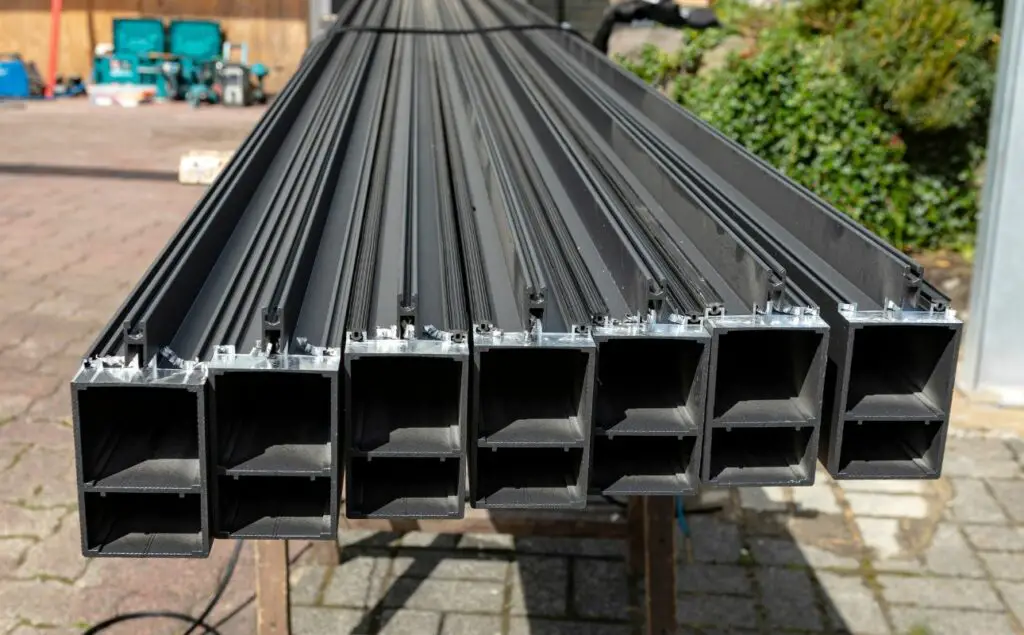
Importance of Steel in Carport Construction
The material utilized in the construction of carports plays a significant role in ensuring the durability and structural integrity of the final product. Steel, with its exceptional strength and durability properties, has become a popular choice for carport designs.
It is known for being able to withstand harsh weather conditions, including strong winds and heavy snowfall. Additionally, steel is resistant to rust and corrosion, making it an ideal option for carports that are exposed to moisture.
The versatility of steel allows it to be used in various shapes and sizes, making it easy to customize according to specific needs. Overall, choosing the right type of steel can ensure that your carport lasts for many years without showing signs of wear or damage.
Benefits of Using Galvanized Steel for Carports
Employing galvanization on structural components of car shelters can provide longevity and corrosion resistance, making them a reliable investment for protecting vehicles from the elements.
Steel durability is crucial in ensuring that carports are strong enough to withstand harsh weather conditions and frequent use. Galvanized steel has been proven to be an excellent choice for carport construction due to its rust-prevention properties.
It is a type of steel that has been coated with a layer of zinc to protect it from rust and other types of corrosion. This coating forms a barrier between the steel and the elements, preventing moisture from seeping into the metal and causing damage over time.
Additionally, galvanized steel is resistant to scratches, cracks or dents which makes it ideal for high-traffic areas such as parking lots or garages.
Common Types of Galvanized Steel Used for Carports
There are several different types of galvanized steel used in carport construction, each with its own unique properties and benefits.
The most common type of galvanized steel for carports is hot-dip galvanized steel, which involves dipping the steel into a bath of molten zinc to create a protective coating that prevents rust and corrosion.
Another popular option is electro-galvanized steel, which uses an electrical current to bond a layer of zinc onto the surface of the steel. This type of coating provides excellent rust prevention but may not be as durable as hot-dip galvanizing.
Other options include Galvalume, which combines aluminum and zinc coatings to create superior rust resistance, or Galfan, which adds an additional layer of aluminum to enhance corrosion protection.
Factors to Consider When Selecting a Carport
When selecting a carport, there are several factors to consider to ensure you choose the right one that meets your needs and requirements. Here are some key factors to consider:
Size and Design
Determine the size of the carport based on the number and size of vehicles you plan to shelter. Consider any potential future needs as well. Additionally, evaluate the design options available, such as a flat roof or gabled roof, to find one that suits your aesthetic preferences and complements your property.
Material
Carports are commonly constructed using materials like steel, aluminum, or wood. Each material has its own advantages and considerations. Steel is durable and offers excellent strength, aluminum is lightweight and corrosion-resistant, while wood provides a natural and customizable aesthetic.
Weather Resistance
Consider the weather conditions in your area. If you experience heavy snowfall or strong winds, you’ll want a carport that can withstand these elements. Look for features like a sturdy frame, proper anchoring options, and a design that promotes water drainage.
Building Codes and Permits
Check local building codes and regulations to ensure compliance when installing a carport. Some areas have specific requirements regarding setbacks, size limitations, or even aesthetic considerations. Obtain any necessary permits before construction to avoid potential issues in the future.
Quality and Durability
Assess the quality and durability of the carport. Look for features such as galvanized steel frames or powder-coated finishes that provide protection against rust and corrosion. Read reviews or seek recommendations to gauge the reliability of the manufacturer or supplier.
Installation
Consider whether you prefer a DIY carport kit or professional installation. DIY kits can be cost-effective but require some construction skills. Professional installation ensures proper assembly and may come with warranties.
Budget
Set a budget for your carport project. Consider the initial cost of the carport, as well as any additional expenses like site preparation, permits, and installation. Compare prices from different suppliers to find a balance between quality and affordability.
Additional Features
Determine if you need any additional features or accessories for your carport. This could include sidewalls, doors, lighting, or storage options. Assessing these needs beforehand will help you choose a carport that can accommodate these features.
Maintenance Tips for Your Carport
Here are some maintenance tips for your carport presented:
- Regularly clean the carport by removing debris, leaves, and dirt that may accumulate on the roof and in the gutters.
- Inspect the structure for any signs of damage, such as rust, corrosion, or bent components.
- Check the anchoring system to ensure it remains secure and stable.
- If you notice any loose or damaged bolts or screws, tighten or replace them promptly.
- Regularly inspect the roof for any leaks or signs of wear. Repair or replace damaged roofing material as needed.
- Maintain proper drainage by clearing any blockages in the gutters and downspouts.
- Trim nearby trees or branches that could potentially damage the carport during storms or high winds.
- If your carport has a painted finish, inspect the paint regularly for any chipping or peeling. Touch up the paint as necessary to protect against rust.
- Lubricate moving parts, such as hinges and rollers, to ensure smooth operation.
- Clear snow or heavy accumulations promptly to prevent excessive weight and stress on the carport structure.
- If your carport has a fabric cover, inspect it for tears or signs of wear. Repair or replace the fabric cover as needed.
The Bottom Line
The use of steel in carport construction cannot be overstated. It provides strength, durability and resistance to harsh weather conditions.
Galvanized steel is the most commonly used type for carports due to its corrosion-resistant properties. It is important to carefully consider factors such as size, style, and intended use when selecting a carport.
Maintenance is also crucial for the longevity of your carport. Regular cleaning and inspection can prevent rust and damage from developing over time.
As experienced professionals in steel fabrication, we understand the importance of selecting the right materials for your project and are equipped with problem-solving skills to ensure that your carport meets your specific needs.
